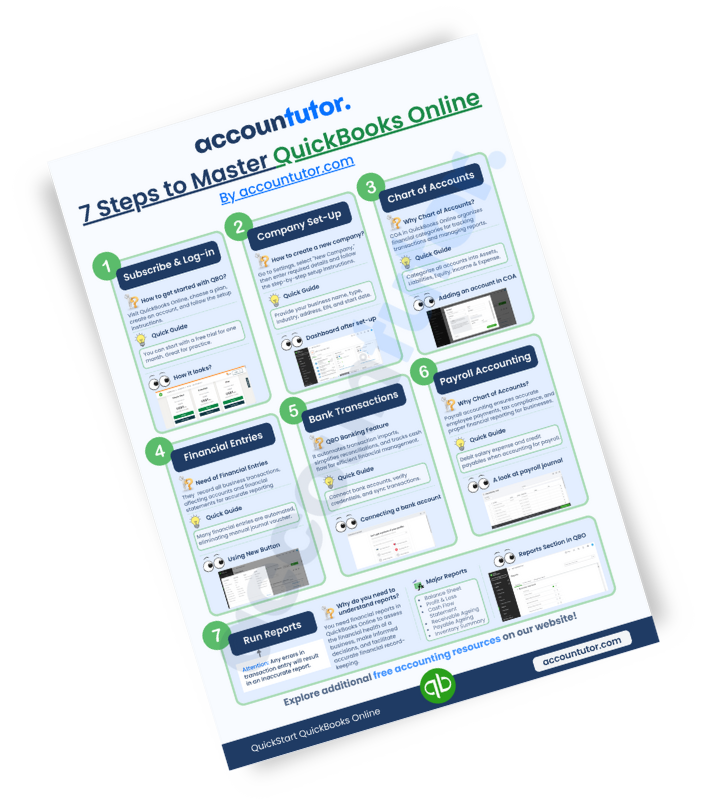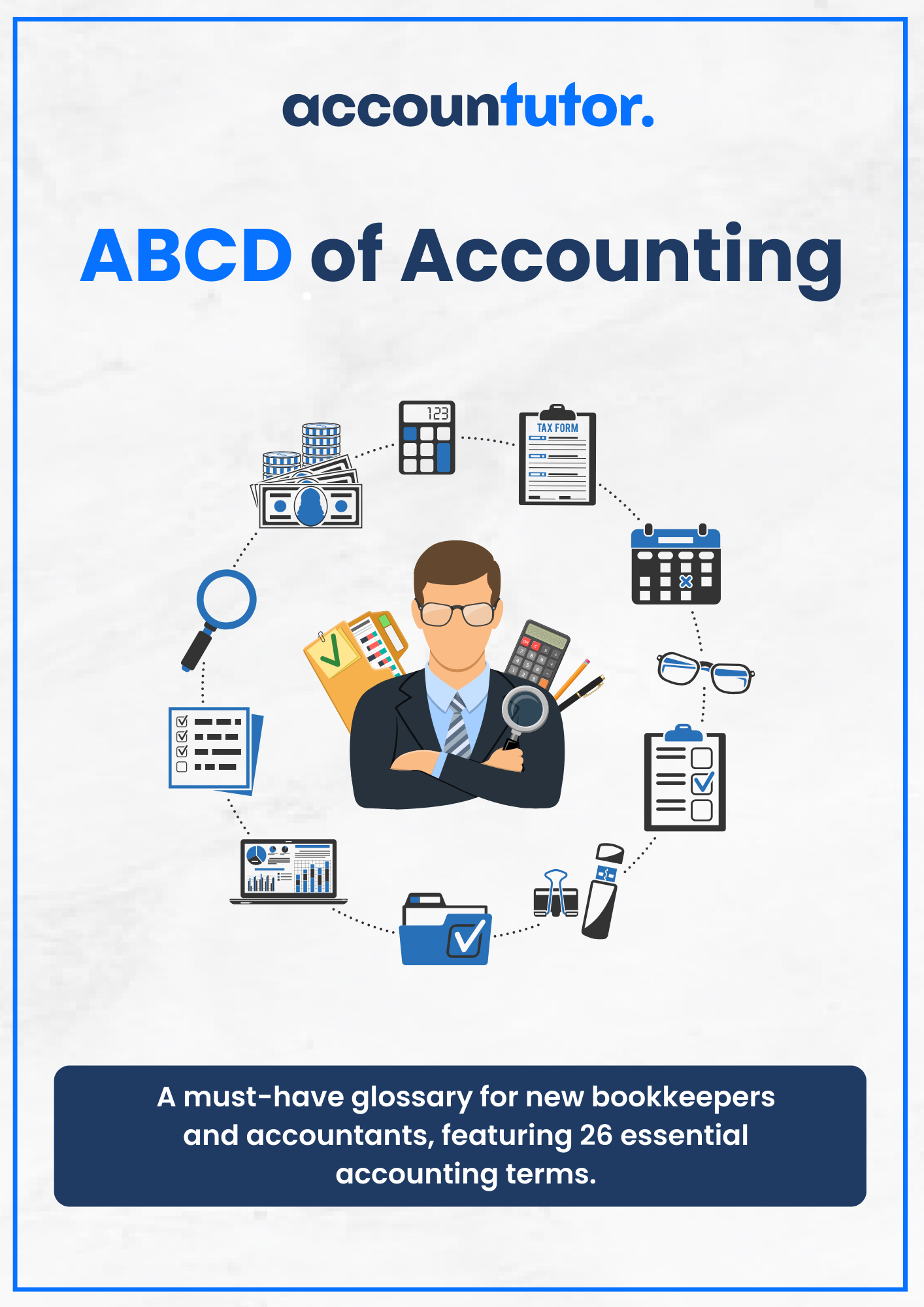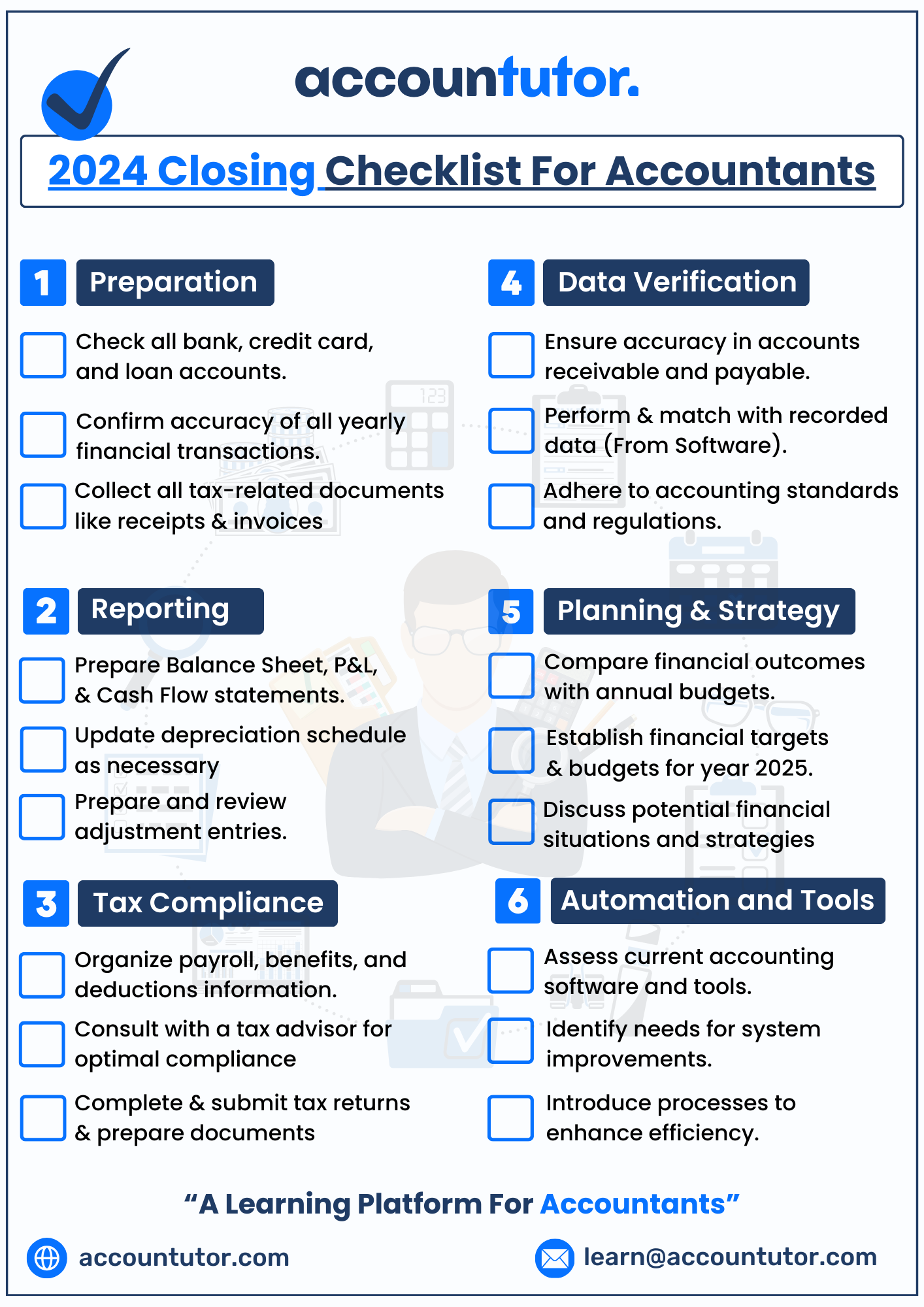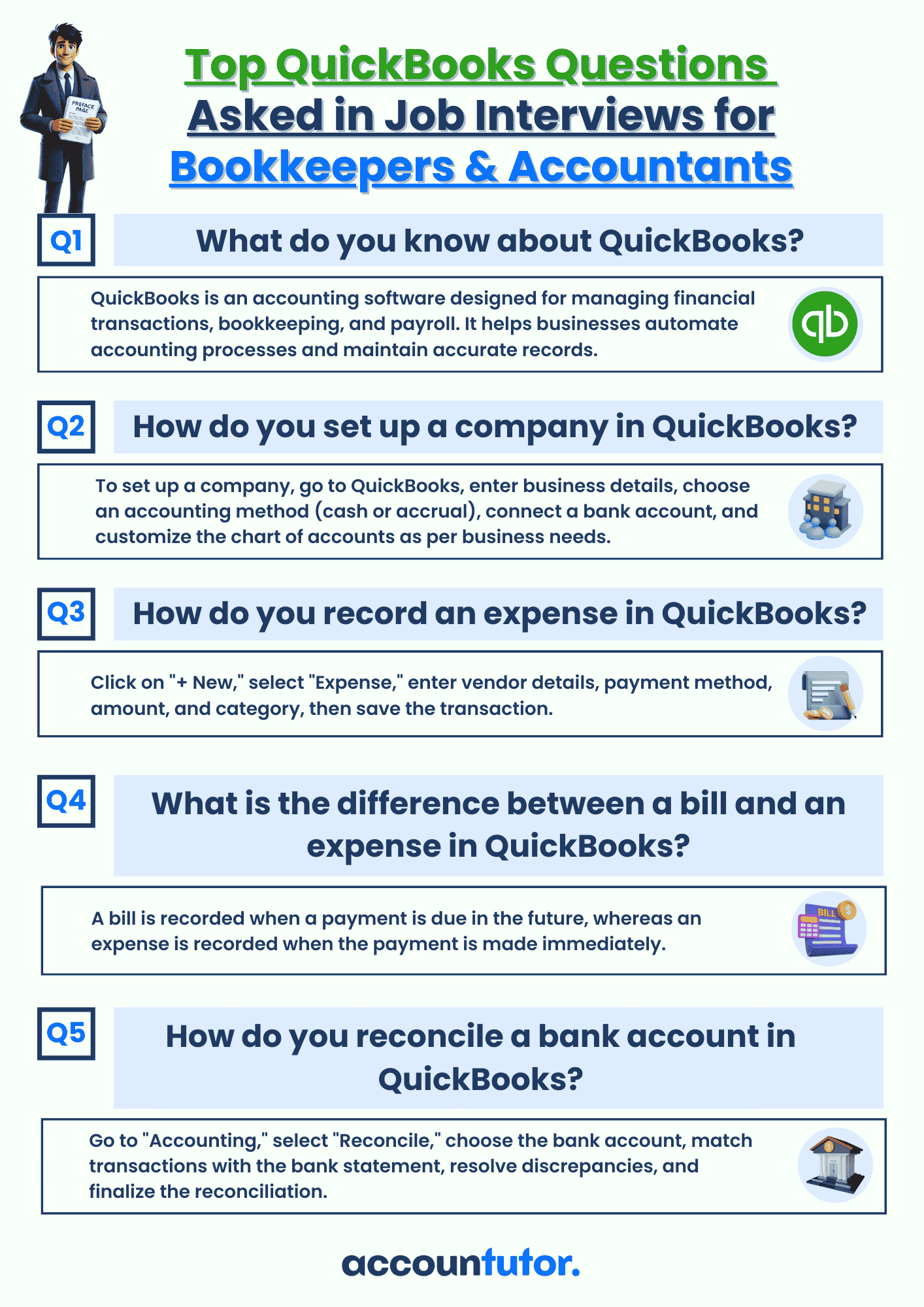FIFO, LIFO & Weighted Average Methods
-
FIFO – First In, First Out
-
LIFO – Last In, First Out
-
Weighted Average Method
FIFO,
LIFO & Weighted Average Methods
Inventory costing methods help
businesses decide how much expense to record when items are sold. When
you buy the same product at different prices over time, which cost should you
use when one is sold? That’s where FIFO, LIFO, and Weighted
Average come in.
“Inventory methods determine how the cost of goods sold (COGS) and the value of remaining inventory are calculated.”
Let’s look at each one simply.
“Inventory methods determine how the cost of goods sold (COGS) and the value of remaining inventory are calculated.”
Let’s look at each one simply.
1. FIFO – First In, First Out
FIFO, which stands for "First In, First
Out," means that the oldest inventory items are
sold first. In this method, the cost of the earliest purchases
is recorded as the Cost of Goods Sold (COGS),
while the more recent purchases remain in inventory. For example, if you buy
100 units at $5 each and then another 100 units at $6, and you sell 100 units,
FIFO assumes those sold items came from the $5 batch. This means your COGS
would be 100 × $5 = $500. FIFO is
especially useful during times of rising prices because it results in lower costs recorded, which in
turn shows higher profit on financial
statements.
2. LIFO – Last In, First Out
LIFO, or "Last In, First Out," means the most
recently purchased inventory is sold first. This method assigns the latest
costs to the Cost of Goods Sold (COGS), while the older inventory
remains in stock. Using the same example—if you purchase 100 units at $5 and
another 100 units at $6, and then sell 100 units—LIFO assumes the sale comes
from the $6 batch. So, your COGS would be 100 × $6 = $600. In times of
rising prices, LIFO results in higher COGS and therefore lower
reported profit. Although it's still used in the United States, LIFO is
not permitted under IFRS standards used in many other countries.
3. Weighted Average Method
The
Weighted Average Method
calculates the cost of inventory by averaging the cost of all units available,
regardless of when they were purchased. This means that every item is valued at
the same average price. For example, if you buy 100 units at $5 and another 100
units at $6, the total cost is $1,100 for 200 units. The average cost per unit
would be ($500 + $600) ÷ 200 = $5.50.
So, if you sell 100 units, your COGS would be 100 × $5.50 =
$550. This method is helpful for businesses that deal with
large volumes of similar items or when tracking individual inventory items is
difficult. It also helps smooth out price fluctuations
over time.
Key Takeaways
✅ FIFO = Oldest items sold first → Lower COGS, higher
profit
✅ LIFO = Newest items sold first → Higher COGS, lower profit
✅ Weighted Average = Uses average cost → Smooths price fluctuations
✅ Each method affects profit, taxes, and inventory value differently
✅ Choose the method that fits your business type and reporting rules
✅ LIFO = Newest items sold first → Higher COGS, lower profit
✅ Weighted Average = Uses average cost → Smooths price fluctuations
✅ Each method affects profit, taxes, and inventory value differently
✅ Choose the method that fits your business type and reporting rules
Write your awesome label here.
Access all Accounting and Bookkeeping Courses from One Portal.
Mastering Bookkeeping and Accounting
MBA simplifies accounting, ledger management, account balancing and financial statement preparation.
QuickBooks Online For Bookkeepers
From Beginner to Expert: Master QuickBooks Online. Effortlessly Navigate, Analyze Transactions, and Unlock its Full Potential.
Xero Accounting For Bookkeepers
Learn how to use Xero, the leading online accounting software to perform most of the essential bookkeeping tasks.
ChatGpt for Bookkeepers and Accountants
Learn how to use the ChatGPT prompt toolkit to simplify daily accounting tasks for accountants and bookkeepers instantly.
Subscribe to our newsletter
Stay informed with the latest accounting tips, tools, and updates from Accountutor right in your email inbox.
Thank you!
Policy Pages

Download QuickBooks Online PDF Guide
Thank you!

Download QuickBooks Online Cheat Sheet
Thank you!

Download ABCD of Accounting
Thank you!

Download Checklist 2024
Thank you!
Register For Free!
Thank you!

Download Interview Questions
Thank you!

